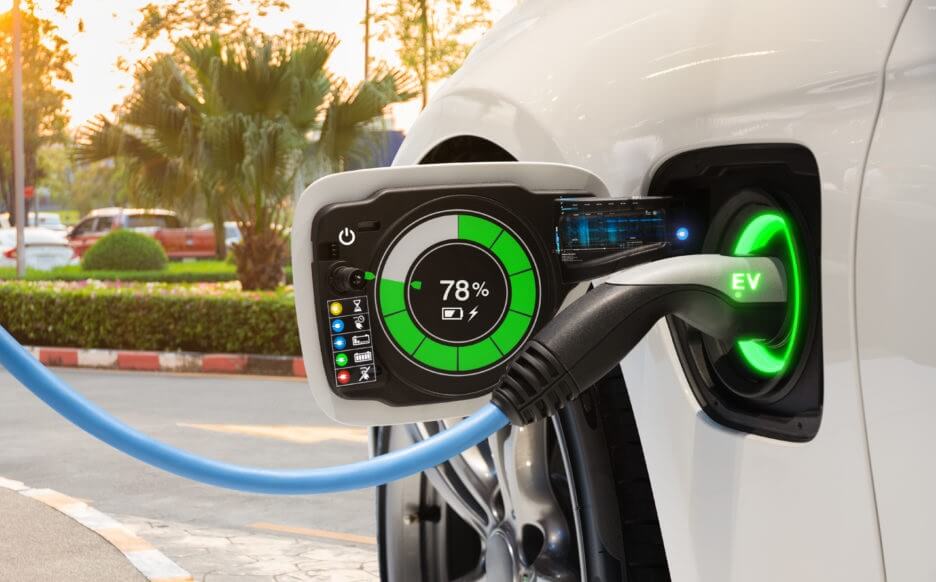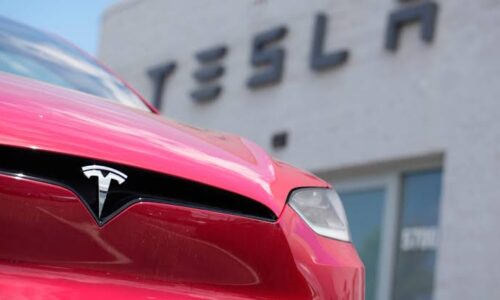- Judith Akatugba
- 0 Comments
- 680 Views
BEV
The introduction of electric vehicles has caused a sea change in the automotive industry in recent years. New data from the International Energy Agency indicates that, with the help of encouraging policies and falling prices, the global fleet of electric vehicles is expected to reach 125 million units by 2030.
Various sources of power are used by electric vehicles (EVs), which are a game-changer in the automotive industry. These sources include solar panels, a generator that turns fuel into electricity, and an internal battery that is charged by external sources. Electric vehicles may operate in a variety of environments, including underwater and in the air, in addition to on roads and trains. The electric car entered the market to assist the automotive industry as fuel prices rose.
Read Also: $5 billion Deal: WWE Live to Be Streamed on Netflix
These vehicles are highly efficient, using little power yet covering a large distance. They used to be charged for a long time but only for short distances. The advanced once are now being charged at a breakneck pace. Various designs and configurations of electric vehicles are currently available.
In 2010, Nissan debuted its first electric vehicle in three countries: Japan, the US, and others to follow. More than 350,000 of these lauded electric vehicles had been sold globally by September 2018. It takes only 30 minutes to charge it from zero to eighty percent, and once completely charged, it can go 243 kilometers (151 miles). Due to the positioning of the batteries in the vehicle’s undercarriage, which regulates its rollout, the front engine compartment of a BEV is left vacant.
Electric vehicles have a lower operating cost than gas-powered cars, according to a 2018 study by the Transportation Research Institute at the University of Michigan. Compared to gas-powered vehicles, electric vehicles have a lower annual operating cost of $485 in the US. At the time While the initial investment in a battery electric vehicle (BEV) may seem steep, the savings on fuel and maintenance will more than offset the higher initial cost of an ICE (internal combustion engine).
Because they have solar panels mounted on them, a small number of BEVs (Battery Electrical Vehicles) are able to charge their batteries autonomously.
A study found that when temperatures drop, the time it takes to charge a battery goes up. The capacity of the battery to be charged decreases as a result of chemical reactions caused by environmental factors. It is believed that extending the runtime of the battery can be achieved by reducing the charging time.
Importance of Electric Vehicles
True zero-emissions automobiles are pure electric vehicles. Vehicle operation does not result in the emission of greenhouse gases. • Gasoline is substituted with grid-sourced power that is generated from both traditional and increasingly renewable sources. Rooftop solar panels are an aftermarket accessory or an original feature on many electric vehicles.
- 20-25% of the cost of gasoline or flex-fuel is the fuel cost per mile, which is electricity.
- Energy for recharging electric vehicles is sourced primarily from the home. Our reliance on imported oil is lessened.
The operating and maintenance costs of the vehicle are extremely low. - Regenerative braking, which generates energy autonomously.
- Easy battery charging using 110V wall outlets and recharging stations found in most homes.
Presently, you can get an electric vehicle for a price that is comparable to that of a hybrid or a conventional gas-powered vehicle. There are also a few models that fall into the luxury price level.
FCEV
A fuel cell electric vehicle (FCEV) uses hydrogen and atmospheric oxygen to generate power. Like a battery-electric vehicle (BEV), the fuel cell stores energy and uses it to power an electric motor. Additionally, just like BEVs, FCEVs produce only water as a byproduct and do not contribute to pollution or climate change. With a pressurized hydrogen tank, you can go up to 300 miles on a single fill-up, which takes less than 5 minutes at hydrogen stations. It also contains a system that can store the energy that is lost when braking in a battery.
U.S. drivers can anticipate 500,000 FCEVs on the road by 2030.











